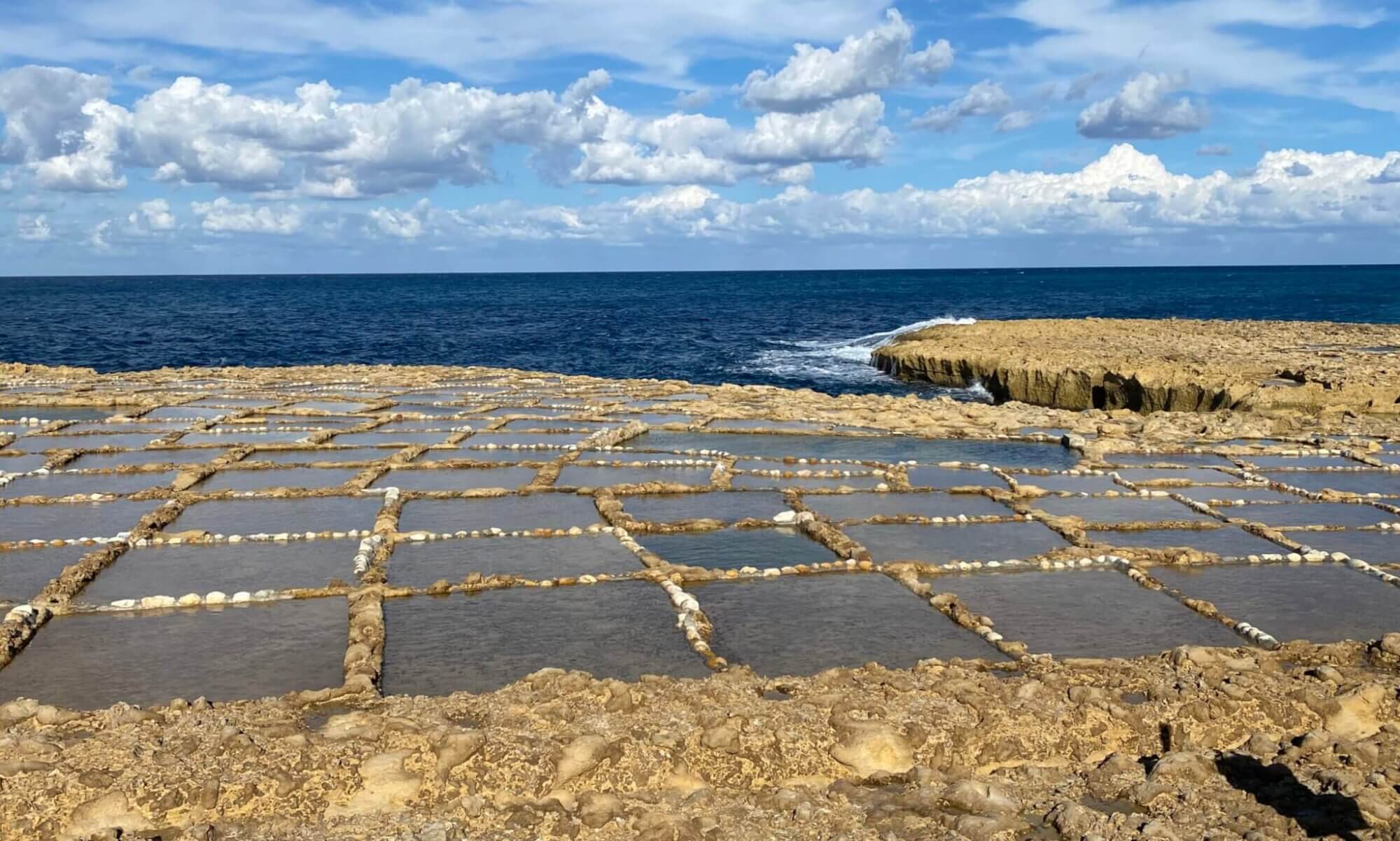The Grand Egyptian Museum (GEM) stands as one of Egypt’s most ambitious cultural projects, located near the Giza Plateau with the Great Pyramids forming a spectacular backdrop. Conceived in the early 2000s, the museum was designed to serve as a new global centre for Egyptian archaeology and heritage, accommodating the growing need for modern exhibition space. The idea emerged as the century-old Egyptian Museum in Tahrir Square became overcrowded and outdated, struggling to house and preserve the vast artefacts gathered over two centuries of excavation. Construction began in earnest in the mid-2000s, with international collaboration shaping its architecture and conservation laboratories into some of the most advanced in the world.

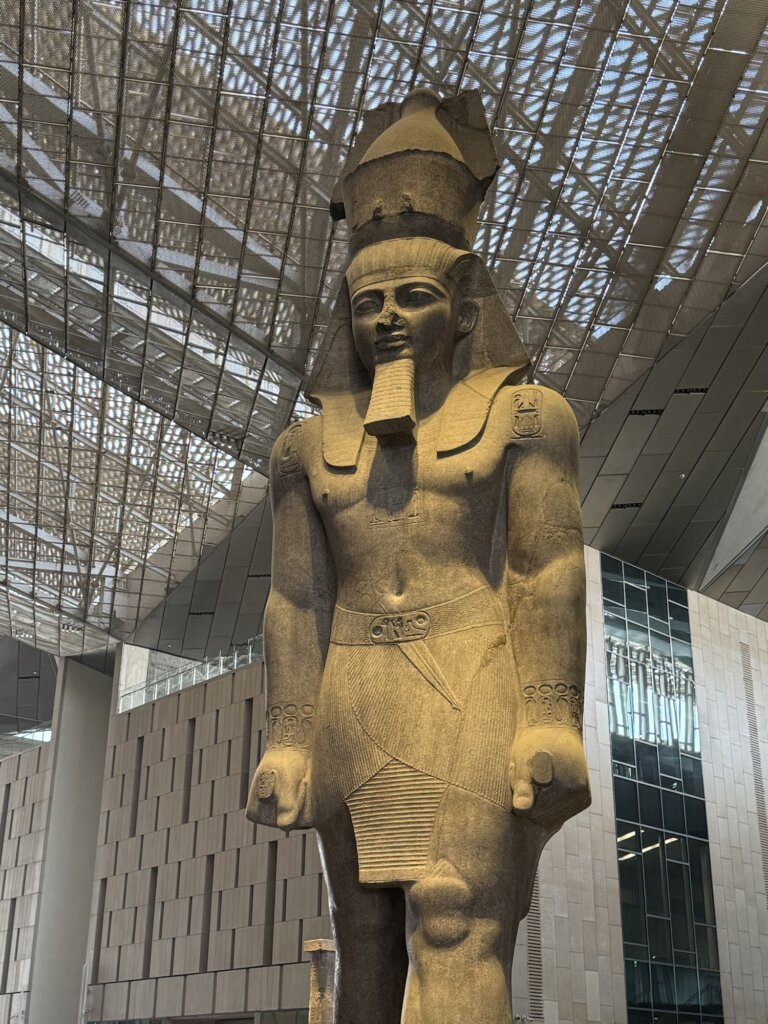
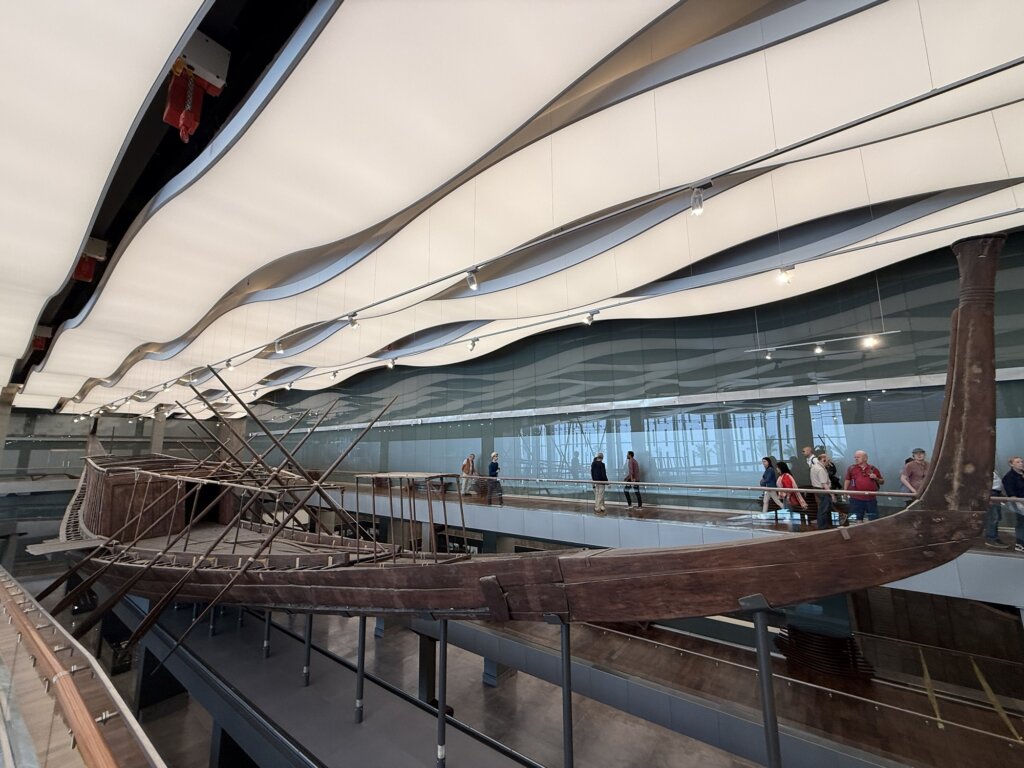
Replacing the historic Egyptian Museum was both a symbolic and practical decision. The Tahrir Square building, opened in 1902, had long been emblematic of Egyptology but was limited by its space and environmental controls. The GEM, by contrast, was designed as a climate-controlled, spacious environment capable of housing over 100,000 artefacts, many of which had never been publicly displayed before. This transition marked a turning point in how Egypt presents its ancient civilisation – less as a colonial-era collection and more as a national statement of ownership and identity in the modern world.

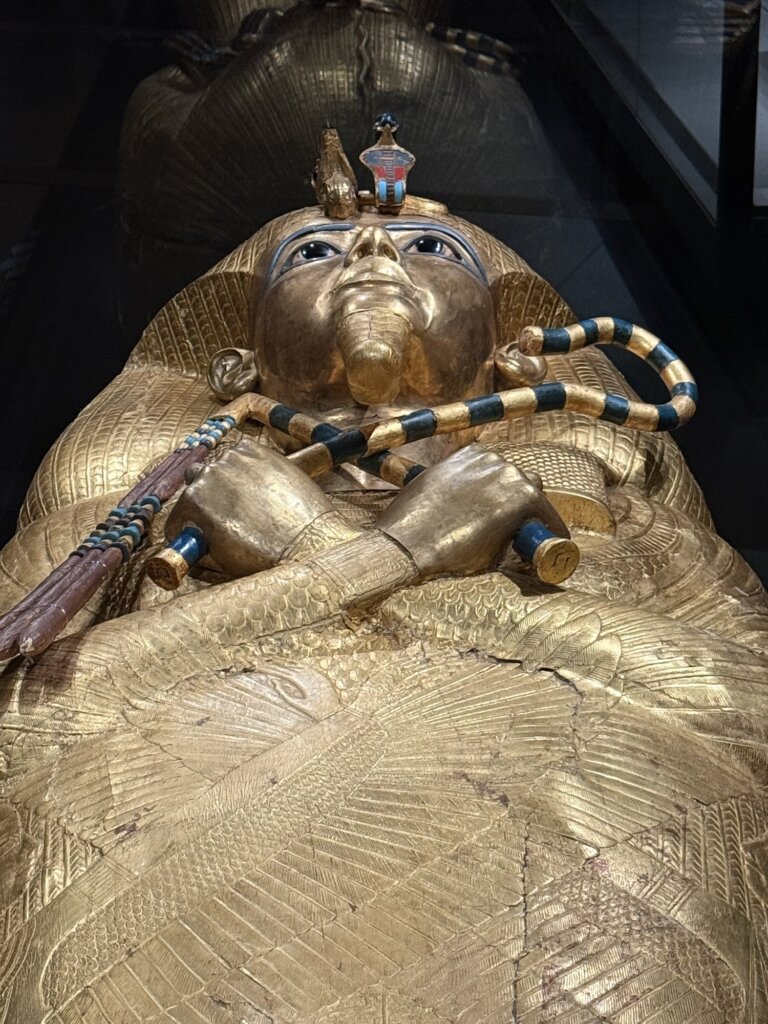
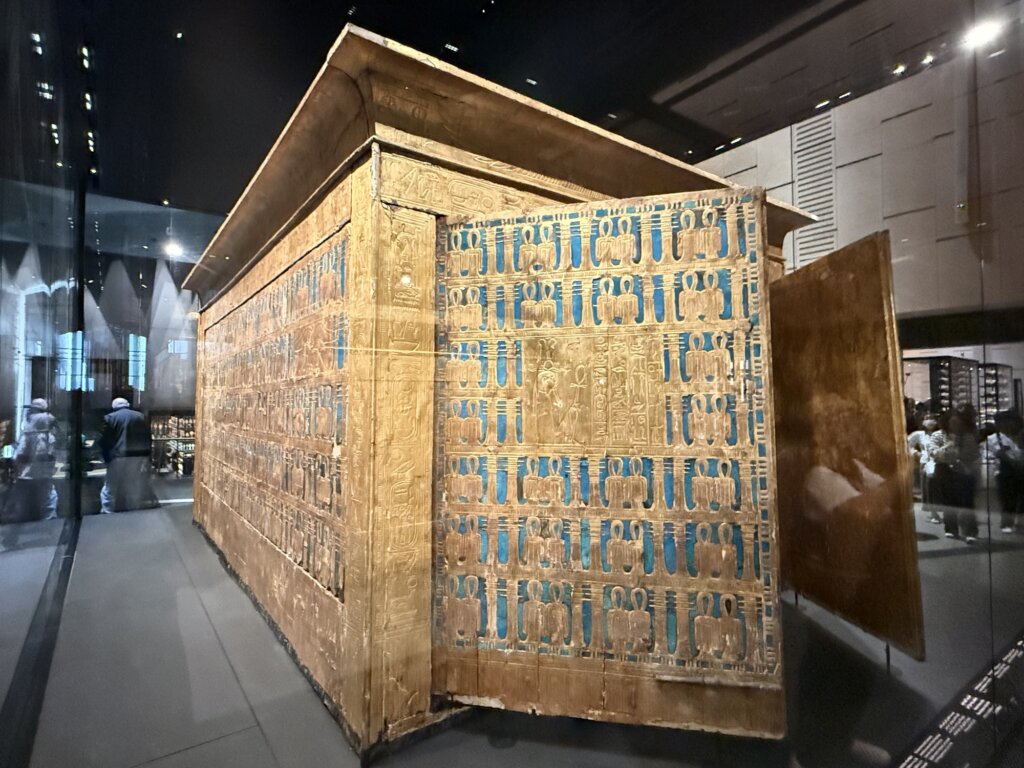
Inside the GEM, visitors are greeted by a grand atrium dominated by the colossal statue of Ramses II, which was relocated from القاهرة’s Ramses Square and meticulously restored. The museum offers an immersive chronological journey through ancient Egyptian history, from the Old Kingdom to the Greco-Roman period, enhanced by state-of-the-art technology. Among its most captivating displays is the complete funerary collection of Tutankhamun, presented together for the first time since its discovery. Other galleries reveal masterpieces of sculpture, intricate jewellery, and objects from daily life that illustrate the evolution of craftsmanship, belief, and power over millennia.


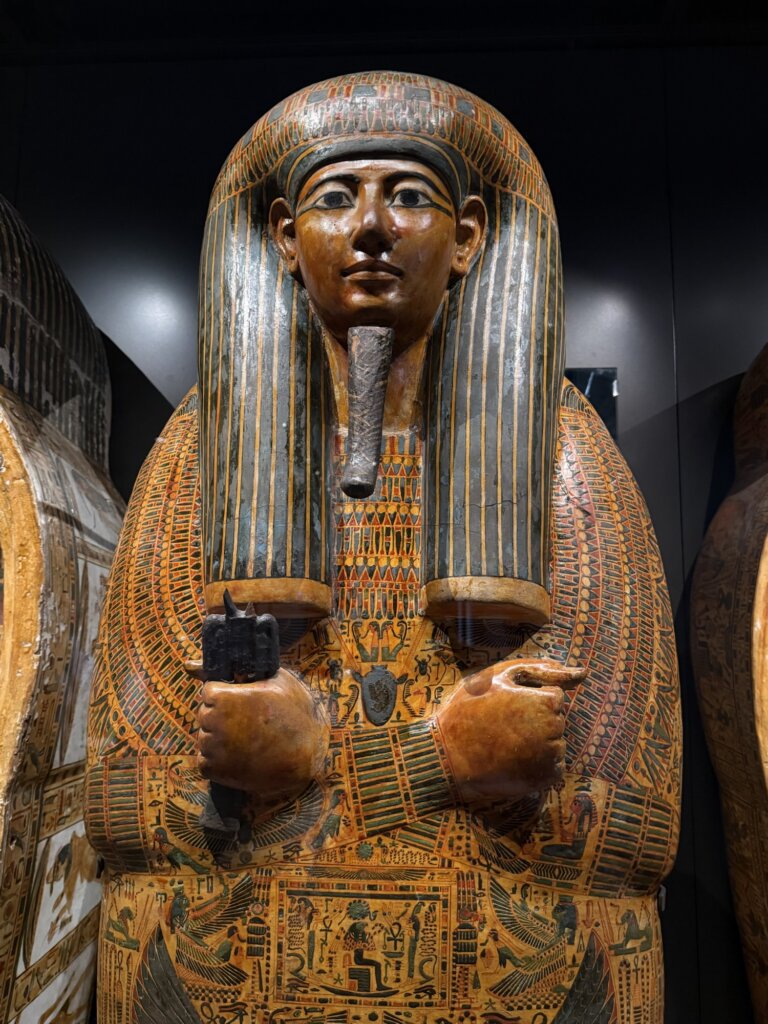
Beyond individual exhibits, the GEM integrates modern museology with conservation science and educational engagement. It houses one of the largest conservation centres in the world, ensuring that fragile artefacts are preserved under ideal conditions. The design of the museum embraces natural light, expansive volumes, and landscaped terraces leading towards the pyramids, connecting the ancient monuments with their new cultural counterpart. As it takes on the role once held by the Egyptian Museum in Tahrir, the Grand Egyptian Museum not only redefines how Egyptian heritage is exhibited but also symbolises Egypt’s aspirations to remain the guardian of one of humanity’s most enduring civilisations.
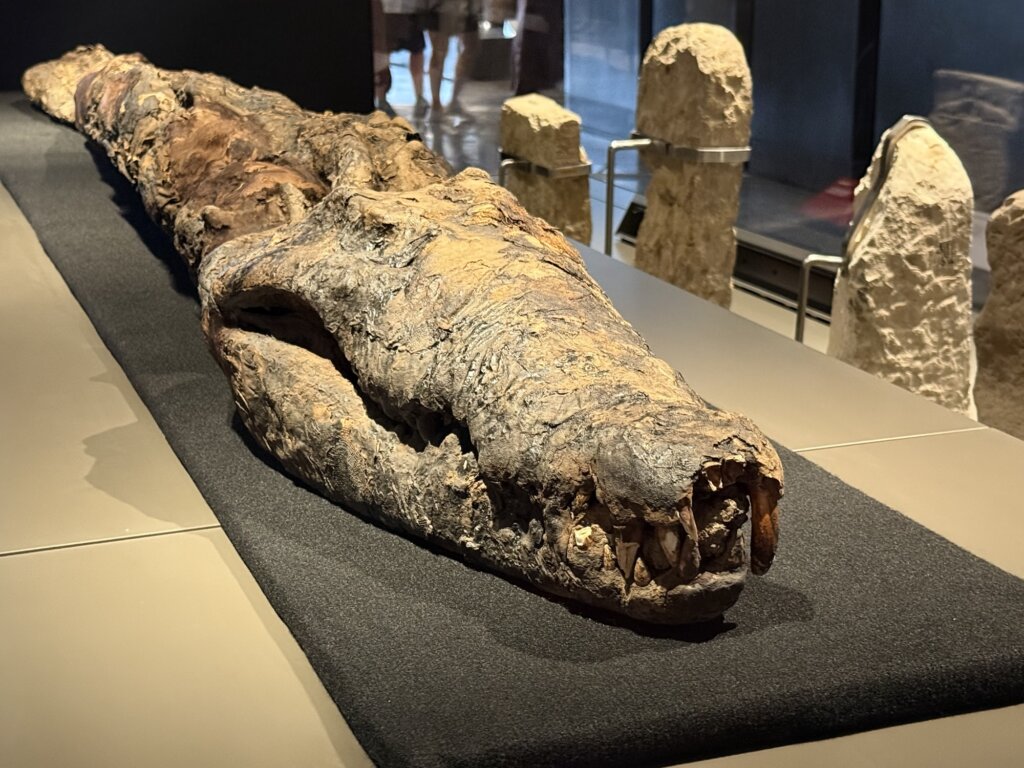
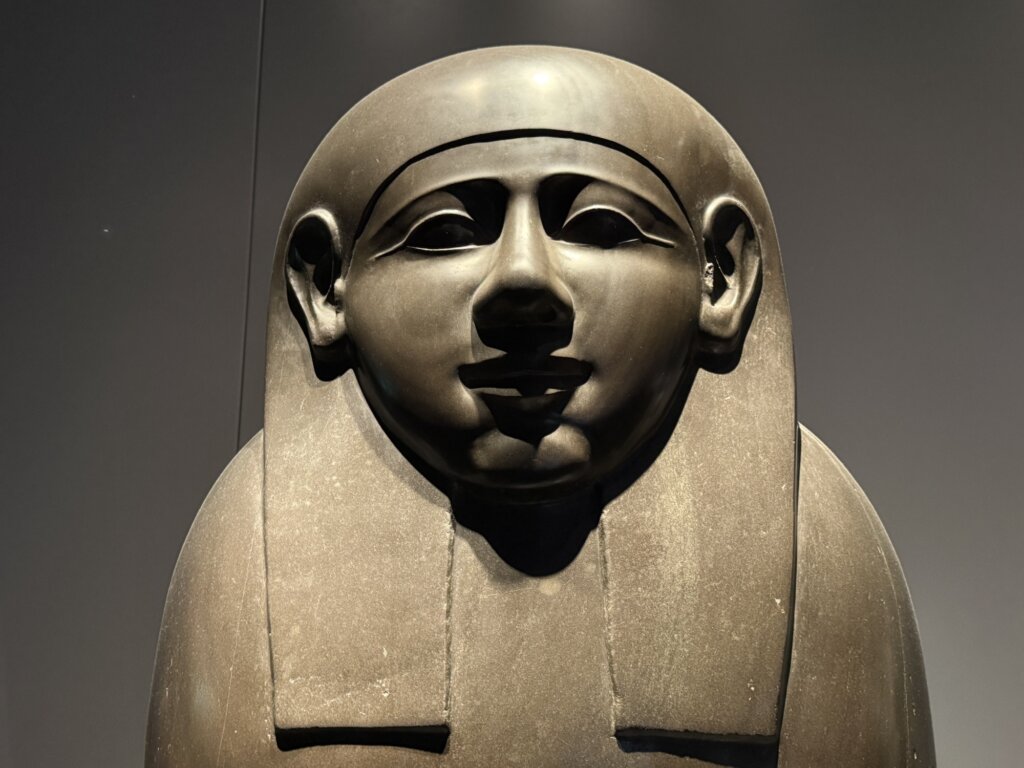

Tutankhamun
Tutankhamun’s legacy endures not only through the intriguing story of his short reign but also via the extraordinary artefacts now displayed at the Grand Egyptian Museum. Spanning two vast galleries, the objects discovered in his burial chamber offer an unparalleled glimpse into royal life and death in ancient Egypt. While Tutankhamun’s mummy remains at his original tomb in the Valley of the Kings, nearly all of the treasures excavated by Howard Carter are gathered in القاهرة, allowing visitors to experience the full majesty of a pharaonic burial ensemble as it was unearthed over a century ago.
The exhibits are awe-inspiring in their scale and detail, most notably the four nested, gilded wooden shrines that once enclosed the king’s sarcophagus and coffins. Within these, three coffins – two crafted from wood and gold leaf and the innermost forged from solid gold – were arranged like Russian dolls. The iconic golden mask, a masterwork of ancient craftsmanship, was placed directly over the king’s face and shoulders, with its radiant gold inlaid with lapis lazuli, turquoise, and coloured glass. Together with hundreds of shawabtis, canopic shrines, ritual beds, chariots, musical instruments, and personal items, the collection illustrates the belief in provisioning the ruler for the afterlife in every conceivable way.
Tutankhamun ascended the throne as a boy of about nine years old, ruling during the late Eighteenth Dynasty. His reign, though brief – lasting roughly a decade – was marked by stabilisation measures after the upheavals associated with his probable father, Akhenaten, who had imposed radical changes to Egyptian religion. One of the king’s most notable acts was the restoration of the old polytheistic faith and the reverence for the god Amun, moving the court back to Thebes and reversing many Amarna-period reforms. While Tutankhamun died before the age of twenty, his era signalled an important cultural restoration, even if his own role was largely guided by advisers and priests due to his youth.
Despite his short reign and limited accomplishments, Tutankhamun’s name is immortal because his tomb was found almost intact – a sensational archaeological discovery that brought him global fame. His burial assemblage, with its luxurious materials and complexity, signals both his enduring royal status and the skills of ancient Egyptian artisans. Today, the Grand Egyptian Museum preserves this remarkable legacy, captivating generations of visitors with the splendour of Egypt’s golden age and the haunting image of the boy king behind the golden mask.
Grand Egyptian Museum (GEM)
القاهرة
Egypt
Loading map...

